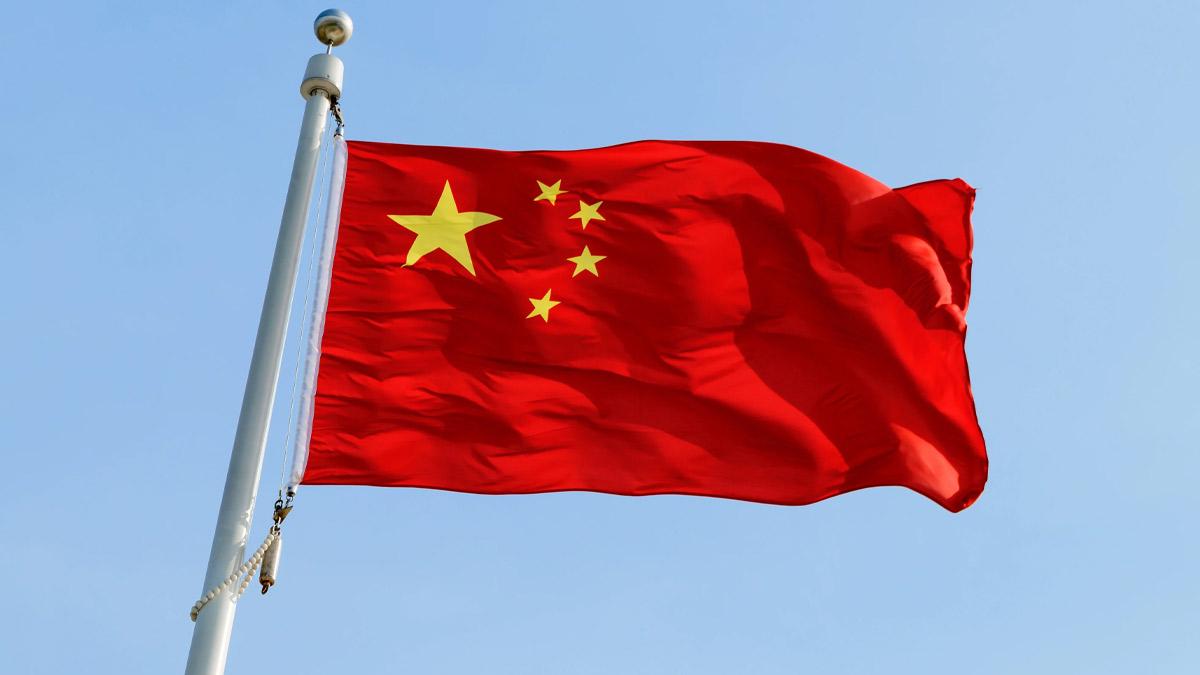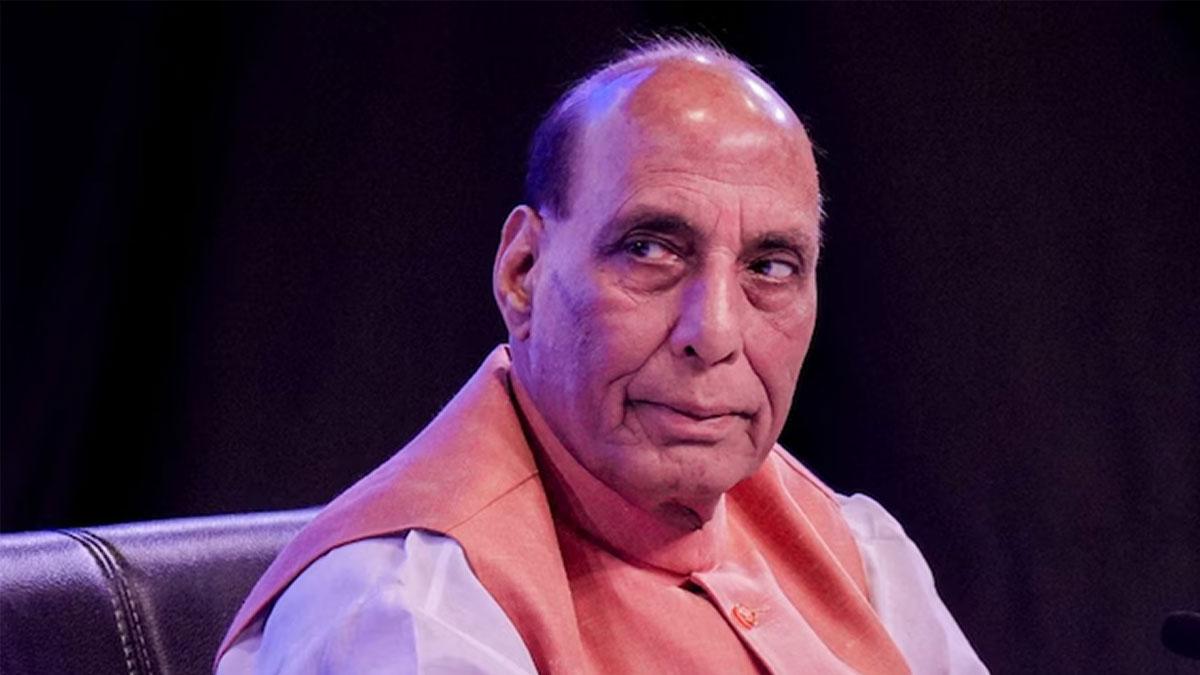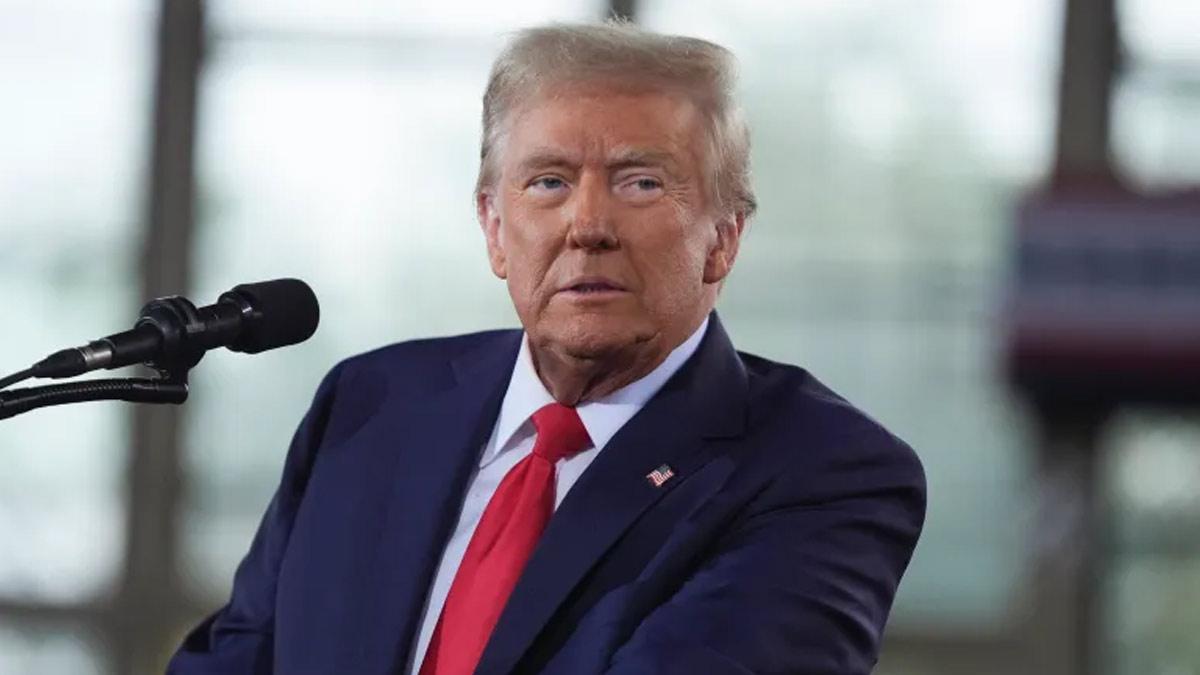As India becomes the global investment hub with sound economic fundamentals and continued policy reforms, China's economic woes continue to take center-stage globally because the post-Covid recovery path has been bumpy, uneven, and much weaker than markets anticipated, and policy responses have been stingy at best, said a report on Thursday. The growth is hampered by elevated real interest rates and fiscal response largely staying guarded, while structural economic malaises mount in China.
"China's paradox of excess savings amid waning investment has created persistent and large macro imbalances, especially with falling current account surplus," the report of Emkay Global Financial Services said.
One of the biggest market bets gone wrong in 2023 was China's re-opening rebound. Growth and consumption slowed sharply as the housing market took the biggest downturn in China's history, accounting for 60 percent of household assets.
It said the consequent deflationary state has compelled policies to be more growth-friendly, but fears are mounting over China staring at decades of stagnation ahead – debt deflation trap and 'Japanification' risks.
China's slowdown is structural. It was caused by the end of an unprecedented expansion in credit and investment that dominated the past decade. The same is true for China's return to its 'old' growth model in recent years – from the consumption-driven model back to the manufacturing and exports-based model, to rekindle growth, amidst persistently weak domestic demand. For the worst to be over, consumption and business sentiment, and consequently, the housing market, will require considerable policy support, especially as real rates have meaningfully increased.
"However, correcting the policy distortions-principally through large-scale market reforms-and restoring confidence are critical to maximize sustainable growth," added the report.
India recently leapfrogged China to become the sixth-largest market in the MSCI All Country World Investable Market Index, which goes by the short form ACWI IMI (LON:IMI). The global index measures the capital market performance across the world. Stocks included in the index are large- and mid-cap stocks, making it the all-inclusive variant of the widely followed MSCI ACWI Index.
In August, India's weight in the MSCI ACWI IMI was 2.35 percent, 11 basis points more than that of China at 2.24 percent.
Secondly, great fundamentals gave India an edge over China even in the MSCI Emerging Market (EM) IMI, becoming the largest weight. According to the International Monetary Fund's 'World Outlook Report' for August this year, India is the world's fastest-growing economy for 2024, with a growth rate of 7 percent, behind China, which had an estimated growth rate of 5 percent.
The report said the paradox of "excess savings" amid waning investment created persistent and large macro imbalance, especially as China's current account surplus is falling.
"Change in fiscal strategy and higher government dis-saving (despite large fiscal debt) are needed to correct excess HH savings imbalance," the report added.
That said, the report revealed that in modern history, a consumption rise of over 10ppts in a decade has only occurred 11 per cent of the time, thus displaying how daunting a task China's policymakers are facing to make the consumption model successful. The government's reaction to these weakening fundamentals has been far from adequate.
"We believe more fiscal easing is required to offset disinflationary forces and restore confidence, and further monetary easing is necessary to bring down borrowing costs," added the report.
Read also| Iran Aims for Peace, But Will Defend Itself if Provoked: President Pezeshkian
Read also| UNSC Members Unite in Support of Guterres After Israel Labels Him 'Persona Non Grata'


















